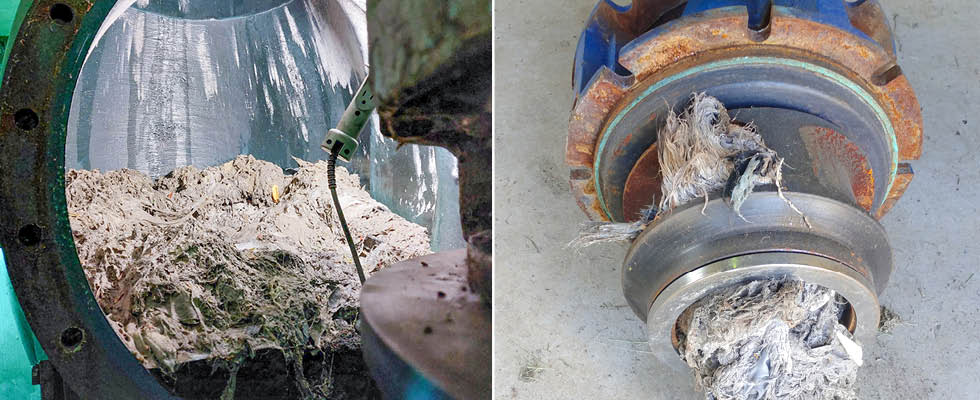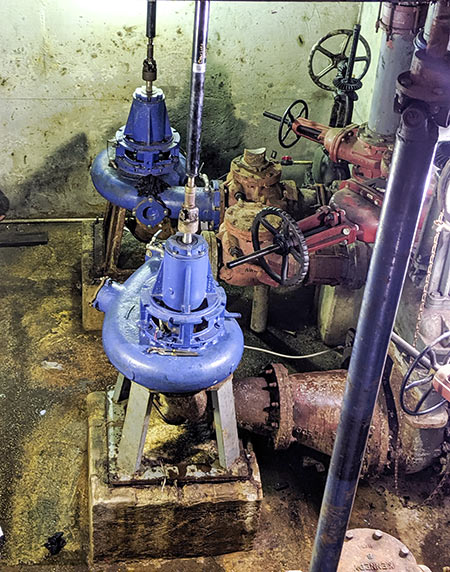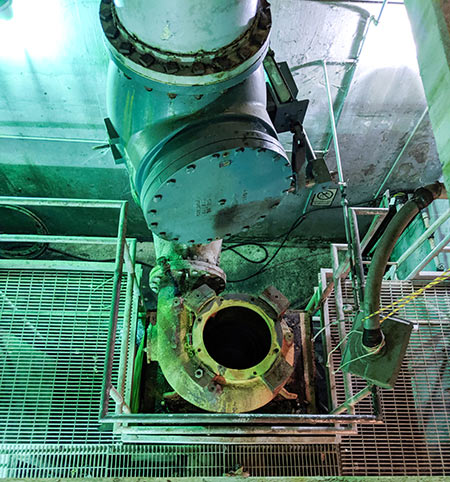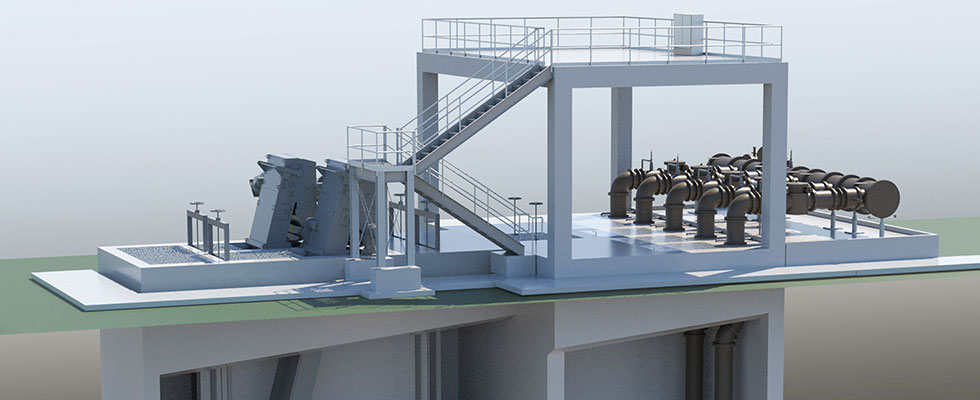
As our existing infrastructure continues to age, increasing maintenance of critical facilities, such as wastewater lift stations, can stretch operating and maintenance (O&M) budgets and reduce overall reliability. Coupled with population growth and the development of urban areas, the demand to meet requirements for service reliability and more capacity in an efficient and sustainable way is becoming increasingly critical. That is the situation for the Clear Lake City Water Authority (CLCWA) and its wastewater collection and treatment facilities.

The CLCWA is situated in Southeast Harris County in the Clear Lake, Texas, area, about 20 miles southeast of downtown Houston. Since 1963, the authority has provided water, sewer and drainage services. The Robert T. Savely Water Reclamation Facility (WRF) treats wastewater conveyed to it by a sanitary sewer collection system consisting of almost 200 miles of underground pipes. This intricate network of pipes and lift stations ensures wastewater that is flushed every day makes its way to the WRF. Once there, it is treated to remove contaminants and make it suitable for various non-potable uses and for surface water discharge compliant with Texas Commission on Environmental Quality (TCEQ) requirements. Along with residential and commercial users, the WRF is adjacent to the National Aeronautics and Space Administration (NASA) Johnson Space Center, which it also serves. Maintaining wastewater service to these federal government facilities, and its other users, is of utmost importance to the CLCWA.

The Need for an Updated Influent Lift Station
As part of CLCWA’s capital improvement planning for the WRF, the more than 50-year-old influent lift station was identified as needing a major upgrade to address chronic maintenance problems, safety concerns and capacity issues.
In 2021, CLCWA hired a planning and engineering firm to evaluate potential options for upgrading the original lift station. The project is funded by a 2022 voter-approved $138 million bond authorization, which includes other CLCWA infrastructure projects. With the go-ahead for a new wastewater treatment plant lift station, the design was started in 2022, with construction anticipated to begin in the fall of 2023.
After reviewing costs for rehabilitation and upgrades, it was determined a new lift station made more financial and operational sense. Maintaining operations during modifications and upgrades to the existing lift station would be difficult, and the risk to plant operations would be too great. The construction of a new lift station adjacent to the existing lift station would allow for uninterrupted service during construction and reduce the overall risk
to CLCWA.
Once complete, the new lift station will allow the treatment facility to process an additional one million gallons per day (mgd) of wastewater flow (total treatment capacity of 11 mgd), with a peak flow pumping capacity of 34.1 mgd.

New vs. Old: Addressing O&M & Safety Issues
The existing wet-pit/dry-pit lift station has become both an operational burden and a safety concern during regular O&M activities. As the current facility has no screening in front of the pumps, operations staff must de-rag the pumps on a weekly basis, which requires entering the dry-pit area below grade, about 20 feet down. Then, they must disconnect the pump, pull the pump off and reach their hands inside the pump to pull out rags, wipes and everything else that gets caught in the pump. The downtime involved in de-ragging the existing dry-pit pumps is also a reliability concern. Entering the confined space in a deep pit and manually removing debris from the volute and impeller are safety concerns and were given high priority to address in the lift station upgrade project.
To address the chronic maintenance and safety concerns, new screens in front of the pumping equipment and conversion to submersible pumps were determined to be the solution.
New mechanical screens will be installed in front of the pumps to remove all large debris that, historically, would clog the existing pumps. Two screens will be installed in separate channels and are sized for 100% redundancy. Screened wastewater will now enter the new submersible wet well that is adjacent to the screen channels. Adding screens will eliminate the weekly de-ragging of the pumps, improve safety and increase overall pump reliability.
Converting from a dry-pit pump design to a submersible pump design addresses the confined space entry safety concern, since pumps can be lifted out of the wet well to perform maintenance. A monorail with a hoist and trolley will be provided above the wet well pump hatch openings for easy lifting of pumps out of the wet well and conveyance onto a truck bed.

Additional Features
The new lift station pumps are sized to provide the required peak flow capacity of 34.1 mgd but have additional head capability to account for future planned grit-removal facilities at a higher
hydraulic profile. Pumps will be controlled with variable frequency drives (VFDs) to ensure efficient operation under all head conditions.
During past severe weather events, such as Hurricane Harvey, some areas of the plant were flooded. With the new lift station having submersible pumps, flooding is no longer a concern, as the pumps themselves are designed to be submerged. The electrical controls and motor drives will be located on an elevated platform, approximately 13 feet above the wet well and above recorded flood stage.
The existing odor control system for the current lift station is reaching the end of its useful life and is subject to flooding. A new odor control system using soil media biofilter technology will be provided to treat and remove odorous compounds collected from the new screening channels and wet well.
The Transition
During construction, service will be maintained through the operation of the existing facility. Once the new lift station is in service, with CLCWA’s continued commitment to preventative maintenance, it should perform at least as long as the original facility, which lasted more than 50 years.
For the CLCWA, this project is the first step toward accomplishing its 10-year capital improvements program for the future vision of the Robert T. Savely Water Reclamation Facility. The plan addresses the aging infrastructure to ensure continuous wastewater treatment for the community through designs that are reliable, resilient and safe to operate.

